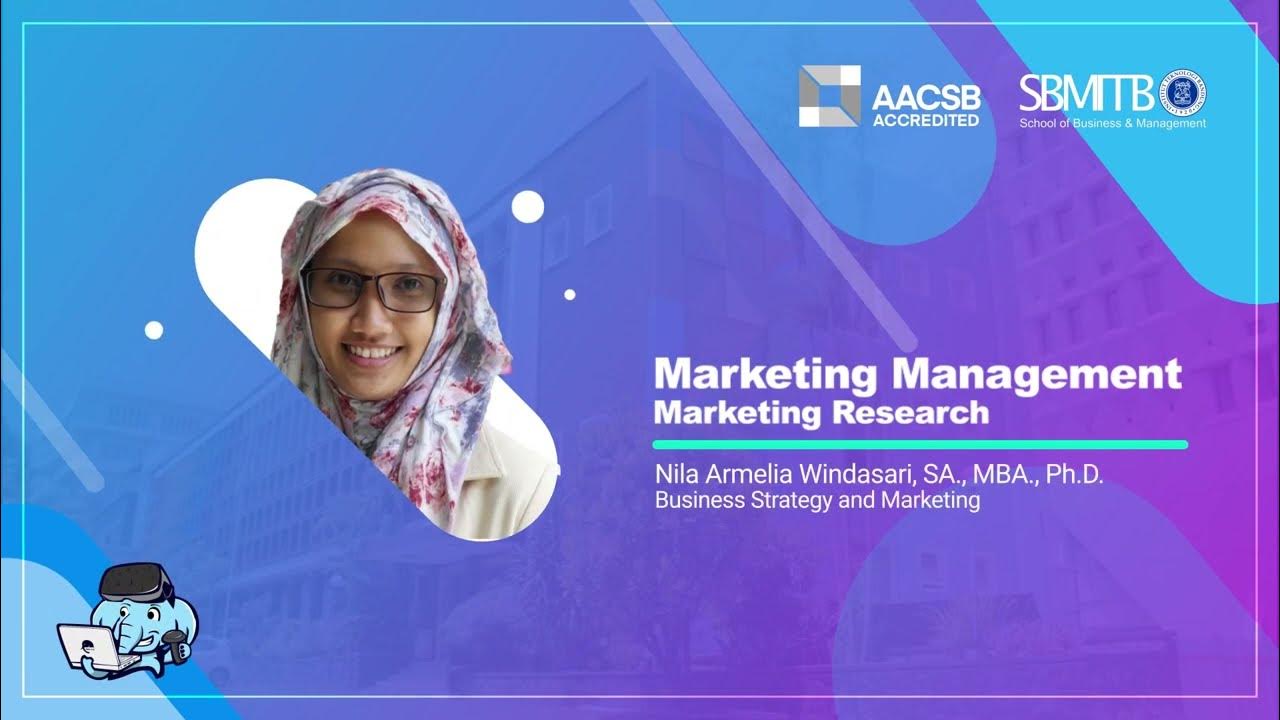Qualitative Market Research: Qualitative market research method in market research
Summary
TLDRThis script delves into the power of qualitative research, illustrating its importance for businesses to understand customer needs and preferences. It discusses various methods such as focus groups, interviews, and observations to gather in-depth insights, enabling companies to refine marketing strategies and product offerings. The script also highlights the evolution of qualitative research with technology, emphasizing its role in shaping consumer-centric business decisions.
Takeaways
- 🔍 Qualitative research helps companies understand customer desires, improve products, refine marketing, and integrate products into customers' lives.
- 📈 This research method benefits businesses of all sizes by uncovering customer feelings, values, and perceptions about products or services.
- 🤔 Qualitative research seeks to understand why people act the way they do using methods like in-depth interviews and group discussions.
- 📊 The goal is to identify the underlying reasons for customer behavior and their values and beliefs.
- ❓ Open-ended questions starting with 'what,' 'how,' and 'why' are used to gather insights before a product or service is launched.
- 🕵️♂️ Historical context: Paul Lazarsfeld and Ernest Dichter pioneered methods like focus group interviews and motivational research in the 1940s and 1960s.
- 🌐 The advent of the internet and mobile devices has transformed qualitative research, enabling large-scale surveys and social media analysis.
- 💬 Common qualitative methods include focus groups, individual interviews, observations, in-home videos, and ethnographic research.
- 🎥 Focus groups have shifted from in-person meetings to online discussions using video conferencing tools.
- 📱 Social media analysis provides brands with real-time feedback and insights into customer behavior and preferences.
Q & A
What is the main purpose of qualitative research?
-The main purpose of qualitative research is to find out what customers want, come up with ideas for product improvements, clarify the marketing mix, and understand how the product fits into customers' lives.
How can qualitative research benefit businesses of different sizes?
-Qualitative research can help businesses of all sizes by providing insights into customer feelings, values, and perceptions about products or services, which can inform marketing and sales strategies.
What methods are commonly used in qualitative research?
-Common methods in qualitative research include focus groups, in-depth interviews, observations, in-home videos, lifestyle immersion, ethnographic research, online sentence completion, and word association.
How did qualitative research evolve in the early 20th century?
-In the early 20th century, qualitative research evolved with the use of focus group interviews by sociologist Paul Lazarsfeld during WWII and motivational research by psychologist Ernest Dichter, who used Freudian psychology to understand consumer behavior.
How has the internet and mobile devices changed qualitative research?
-The internet and mobile devices have enabled larger-scale surveys, hyper-segmentation, hyper-personalization in advertising campaigns, and easier analysis of social media content to understand customer thoughts and behaviors.
What are focus groups, and how are they conducted?
-Focus groups are meetings where a moderator leads a discussion among 6 to 10 people about a product. They can be held in person or online, allowing participants to express their feelings and reactions to the product.
How do individual interviews differ from focus groups in qualitative research?
-Individual interviews are one-on-one discussions, usually conducted in person, over the phone, or via video conferencing. They allow for more in-depth and flexible conversations compared to focus groups.
What is ethnographic research, and how is it conducted?
-Ethnographic research involves observing people in their natural environments to understand their real behaviors and actions. It uses methods like photography, video recordings, notebook studies, and direct observation.
What is the purpose of online sentence completion and word association in qualitative research?
-Online sentence completion and word association are projective methods used to understand how people think and feel about a product or brand. Respondents complete unfinished sentences or respond to trigger words, providing insights into their perceptions.
How do companies like McDonald's, Starbucks, and LEGO use qualitative research?
-McDonald's uses customer feedback to improve its menu and marketing. Starbucks gathers ideas through social media and feedback platforms. LEGO conducted studies with children and parents to design toys that appeal to both boys and girls.
Outlines

Cette section est réservée aux utilisateurs payants. Améliorez votre compte pour accéder à cette section.
Améliorer maintenantMindmap

Cette section est réservée aux utilisateurs payants. Améliorez votre compte pour accéder à cette section.
Améliorer maintenantKeywords

Cette section est réservée aux utilisateurs payants. Améliorez votre compte pour accéder à cette section.
Améliorer maintenantHighlights

Cette section est réservée aux utilisateurs payants. Améliorez votre compte pour accéder à cette section.
Améliorer maintenantTranscripts

Cette section est réservée aux utilisateurs payants. Améliorez votre compte pour accéder à cette section.
Améliorer maintenantVoir Plus de Vidéos Connexes

04 MARKETING RESEARCH

Qualitative & Quantitative Research - An Introduction

Market Research | The Purpose of Market Research Explained | Lego, Gymshark & Apple Examples

What is a problem definition statement? - Design-Led Strategy: Design thinking for business

Voice of Stakeholder (VoS)-English

Nursing Research and EBP
5.0 / 5 (0 votes)
